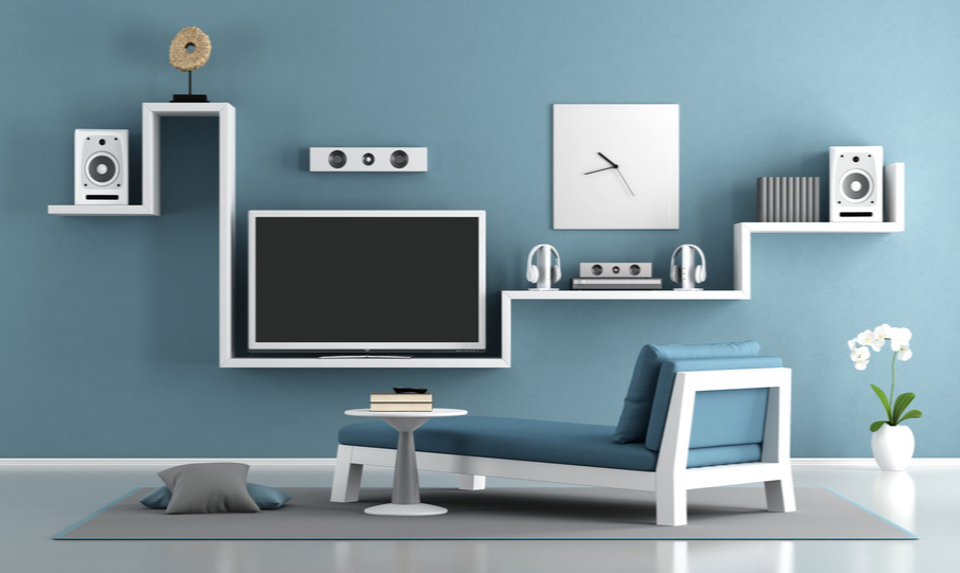The best surround-sound home cinema systems give immersive cinema experience into your living room. We’ll show you what to look for when purchasing a home cinema system, so you can avoid the common mistakes when building one.
It is possible to purchase a modern TV with decent sound quality, but if you want a truly immersive experience you’ll probably want to look for some dedicated speakers.

Home cinema systems offer a complete and wide-ranging solution – from compact to beefy, two speakers right up to seven or even more, and wired or wireless features for a tidier finish.
What makes a good home cinema system? Great sound quality the best home cinema systems provide top-quality audio, crisp dialogue and realistic surround sound effects. Home cinema systems that provide great surround sound quality make you feel fully immersed in a film. Basic set up clear manuals and auto set-up modes eliminate the hard work out of setting speaker levels and delay times that suit your living room.
If cabling amount is an issue, look for a system with wireless speakers as an option. Easy to use Once set up, your home cinema system will be a breeze to operate. Look for a home cinema system with easy-to-control functions and a well laid-out remote control. What type should I buy?
All-in-one systems
These are the easiest way to have a home cinema system. They have everything you need to get started; amplifiers, speakers, cables and instruction manuals on how to set it all up. A DVD or Blu-ray player may also be included. The numbers represent how many speakers and subwoofers each system has.
Separates
You can purchase the components of a home cinema system separately – amplifiers, speakers, a subwoofer and a DVD or Blu-ray device. This bespoke route may appeal to the home cinema buyer wanting to perfect their set-up. It’s also easier to upgrade separate components over time. Buying separately becomes more pricy.
Soundbars
Soundbars are several speakers into a long bar-shaped box that is fixed below or alongside your TV. The sound to each speaker is then electronically processed in order to have a virtual surround-sound effect even if you don’t have rear speakers.
What else should I consider?
2.1 and 3.1 systems
A basic home cinema set-up is the 2.1 system, which has two speakers placed to the left and right of your TV set, and a subwoofer connected elsewhere in the room to add some oomph to the bass.

A 3.1 system adds an extra front speaker that boost the sound for dialogue. You won’t get true surround sound with either of these systems, but you should feel a significant improvement compared to built-in TV speakers. 5.1 and 7.1 systems
These provide full surround-sound with three front speakers, two rear speakers, a subwoofer and commonly a DVD and/or Blu-ray system. A 7.1 system adds two additional rear speakers to the 5.1 layouts. But the challenge of adding too many speakers the room means this type of system is only for the true home cinema customers who have space and budget for it.
Could I go wireless?
Remove all the speaker cable snaking in your living room by choosing systems with wireless rear speakers. These use a radio transmitter so the rear speakers receive audio from the amplifiers, although they still need to be connected to the main port for power.
How else can I get great sound when watching movies?
Blu-ray players not only let you see movies in stunning high definition through an HD TV, but it can also provide high-quality digital surround sound when connected to a home-cinema system. If you do not have a Blu-ray player, consider purchasing a home cinema system that has one. You can also connect your game consoles to a home-cinema system for the ultimate gaming experience. Consoles like the Microsoft Xbox One and Sony PlayStation 4 support Dolby digital surround sound and a lot of games have full surround-sound tracks to add to the on-screen action.


